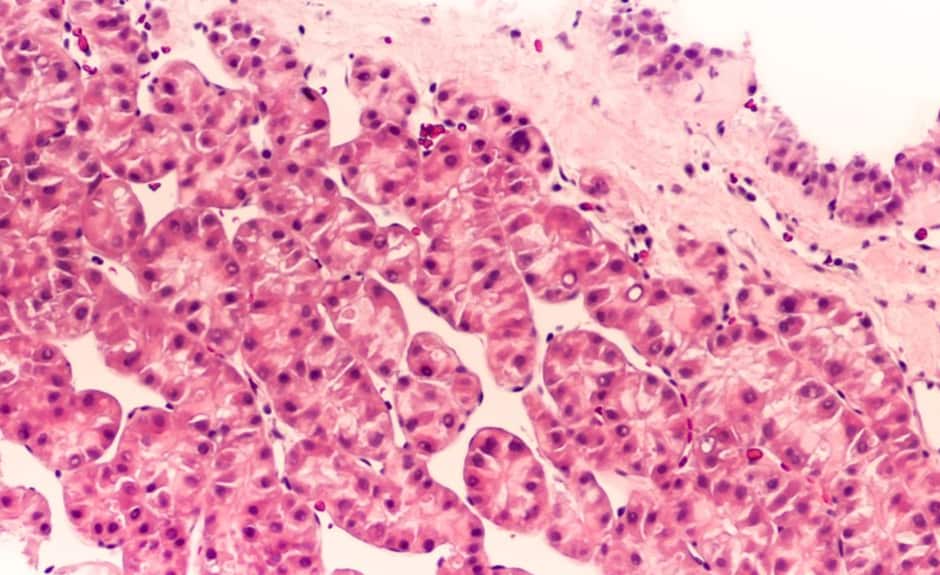Focused ultrasound points to precision cancer medicine
Oxford University researchers have used focused ultrasound and liposomes to improve the delivery of a cancer drug to patients with inoperable tumours in the liver.

Published in The Lancet Oncology, the 10-patient phase 1 clinical trial used focused ultrasound from outside the body to selectively heat liver tumours and trigger drug release from heat-sensitive carriers called thermosensitive liposomes.
"Reaching therapeutic levels of cancer drugs within a tumour, while avoiding side effects for the rest of the body is a challenge for all cancer drugs, including small molecules, antibodies and viruses," said Prof Constantin Coussios, director of the Oxford Centre for Drug Delivery Devices (OxCD3) and of the Institute of Biomedical Engineering at Oxford University.
"Our study is the first to trial this new technique in humans, and finds that it is possible to safely trigger and target the delivery of chemotherapy deep within the body from outside the body using focussed ultrasound. Once inside the tumour, the drug is released from the carrier, supplying a higher dose of chemotherapy directly to the tumour, which may help to treat tumours more effectively for the same or a lower systemic dose of the drug."
Register now to continue reading
Thanks for visiting The Engineer. You’ve now reached your monthly limit of news stories. Register for free to unlock unlimited access to all of our news coverage, as well as premium content including opinion, in-depth features and special reports.
Benefits of registering
-
In-depth insights and coverage of key emerging trends
-
Unrestricted access to special reports throughout the year
-
Daily technology news delivered straight to your inbox










National Gas receives funding to develop Gravitricity underground hydrogen storage system
One single rock salt mine - Winsford - has 23 <i>MILLION </i>cubic metres of void and even allowing for 10% of that void set aside for hazardous waste...